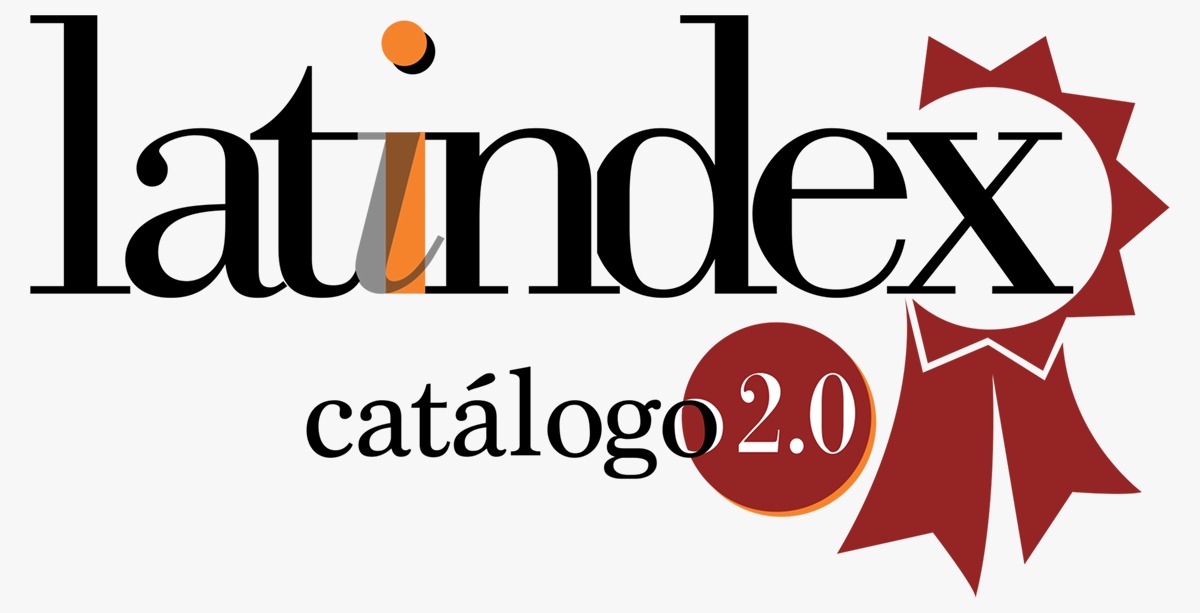The Geosoftin educational software, a proposal for the development of multiple intelligences
DOI:
https://doi.org/10.29197/cpu.v16i32.345Keywords:
software, multiple intelligences, operations of thought, individual differencesAbstract
In this research article we present the results of the educational software application, Geosoftin, for the development of multiple intelligences in 76 students of the Social Sciences Career at the National University of Chimborazo. In this research it has been proposed as a general objective to develop multiple intelligences from the implementation of the Geosoftin software. As specific objectives, the study proposes to validate the relevance of the software and its degree of interactivity through a structured survey and an objective test; include cognitive strategies such as observation and identification; promote individualized learning according to the activities proposed in the intelligences: linguistic, logical-mathematical, musical, visual, kinesthetic, interpersonal, intrapersonal, naturalistic. In addition, methodological strategies are included for the elaboration of thought operations such as: observation and identification, classification, comparison, deduction, analogy, hypothesis, abstraction, induction, summary and organization of data, with the contents of the Hydrographic Basins, Limnology of Ecuador. The research is of applied-technological type; With a quasi-experimental, quantitative design, the deductive method was applied. The research instruments were a multiple intelligence test, an objective test with thought operations, and a structured survey. The hypotheses were verified with the paired Student t-test, of two dependent samples or intact groups (Hernández-Sampieri, 2007). The study concludes that educational software developed multiple intelligences. With the implementation of methodological strategies oriented to each of the intelligences, elaboration of thought operations and attention to individual differences.
Metrics
References
Armstrong, T. (2006). Inteligencias múltiples en el aula. Guía práctica para educadores. Barcelona, España: Paidós Educación.
Bolaños, A. (2006). Monografía de Desarrollo de las Inteligencia Múltiples y la creatividad. Quito: UASB.
Ernst, G. (2001). Educación para todos: La Teoría de las Inteligencias Múltiples de Gardner. Revista de Psicología de la PUCP, 320-331.
Gamandé, N. (2010). Las Inteligencias Múltiples de Howard Gardner: Unidad piloto para propuesta de cambio metodológico. Obtenido de https://reunir.unir.net/bitstream/handle/123456789/2595/gamande%20villanueva.pdf?sequence=1&isAllowed=y
Gardner, H. (2007). Inteligencias Múltiples. España: Paidos Ibérica
Gardner, H. (2007). Inteligencias Múltiples. La teoría en la práctica. Barcelona: Paidos.
Gonzáles, G. (2002). Inteligencias múltiples en el aula. Quito: Santillana S.A.
Hernández-Sampieri, R. (2007). Fundamentos de la metodología de la investigación. México: Offset Max S.A. de C.V.
Hernández-Sampieri, R. (2010). Metodología de la investigación. México D.F.: Editorial Mexicana, Reg. Núm. 736.
León, J. (2006). Módulo de Geografía "Nuestra Tierra". Quito: Corporación Editora Nacional.
Luca, S. D. (2003). El docente y las inteligencias múltiples. Revista Iberoamericana de Educación [Revista en. 1-12. http://www.rieoei.org/deloslectores/616Luca.PDF. Obtenido de http://www.rieoei.org/deloslectores/616Luca.PDF
Macías, M. (2002). Las Inteligencias Múltiples. Psicología desde el Caribe, 28-38.
PLANEMEC. (2014). Guía Didáctica, Programa de Capacitación Docente en Informática Aplicada a la Educación. Quito: Ecuador.
Rathass, A. (2004). Operaciones de Pensamiento. Madrid: España.
Rojas, R. (12 de 06 de 2017). Ingeniería del software. Obtenido de https://www.google.com.ec/?gws_rd=ssl#q=Metodolog%C3%ADa+de+cascada+pdf
Sánchez, J. (2014). Construyendo y aprendiendo con el computador. Santiago de Chile: Universidad de Chile.
Urquizo, Á. (2005). Cómo realizar la tesis de investigación. Editoriales Gráficas: Riobamba.
Zambrano, F. (27 de 07 de 2017). Infostat Manual de Usos. Obtenido de https://www.academia.edu/5089755/INFOSTAT_MANUAL_DE_USOS_EJEMPLOS_DE_LOS_PRINCIPALES_M%C3%89TODOS_ESTAD%C3%8DSTICOS_USADOS_EN_INVESTIGACIONES_DE_PI%C3%91%C3%93N_Jatropha_curcas_L._
Published
How to Cite
Issue
Section
License
Unless otherwise indicated, all articles in this journal are published under a
Licencia Internacional Creative Commons 4.0 Atribución-NoComercial-CompartirIgual .
The authors retain the copyright and assign the right to the first publication to the magazine.









